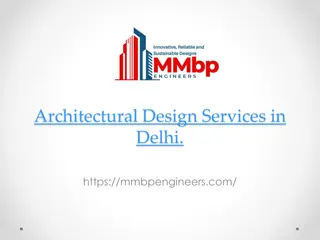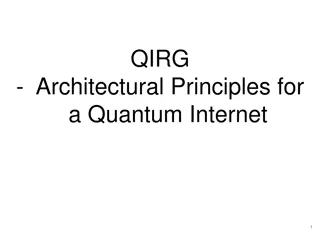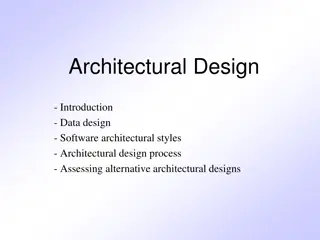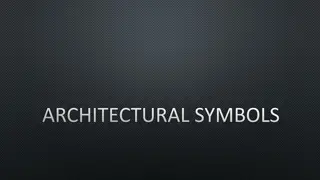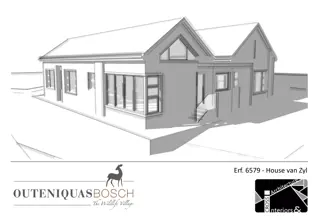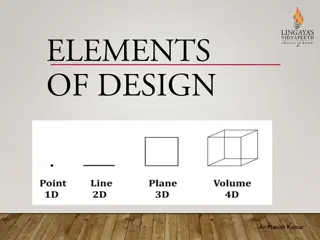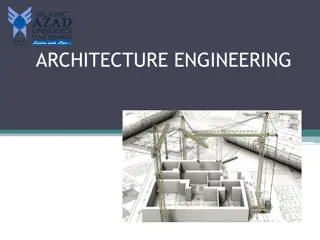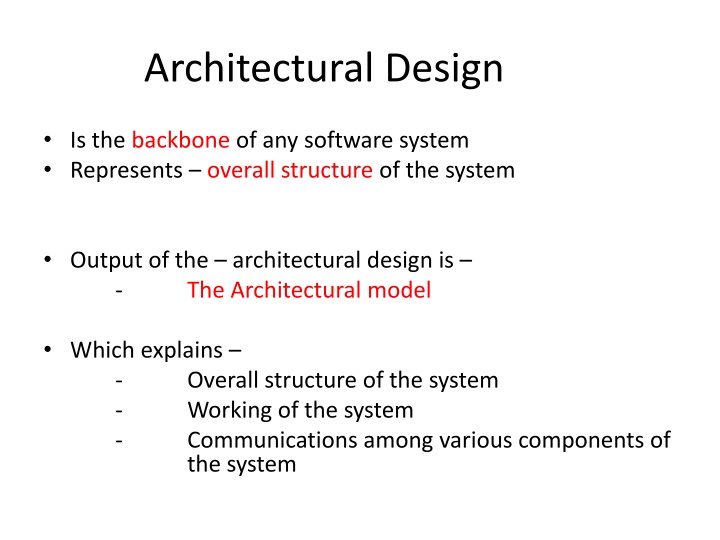
Unveiling the Essence of Software Architectural Design
Explore the pivotal role of architectural design in software systems, encompassing structure, models, and decision-making processes. Discover how architectural design influences communication, stakeholders, and system functionality, with a focus on small and large-scale architectures.
Download Presentation

Please find below an Image/Link to download the presentation.
The content on the website is provided AS IS for your information and personal use only. It may not be sold, licensed, or shared on other websites without obtaining consent from the author. If you encounter any issues during the download, it is possible that the publisher has removed the file from their server.
You are allowed to download the files provided on this website for personal or commercial use, subject to the condition that they are used lawfully. All files are the property of their respective owners.
The content on the website is provided AS IS for your information and personal use only. It may not be sold, licensed, or shared on other websites without obtaining consent from the author.
E N D
Presentation Transcript
Architectural Design Is the backbone of any software system Represents overall structure of the system Output of the architectural design is - The Architectural model Which explains - - - Overall structure of the system Working of the system Communications among various components of the system
SA is designed in two ways Architecture in the small - Architecture of the individual programs - Which are further decomposed in smaller components Architecture in the large - Architecture of the complex system - Includes other components or subprograms
Advantages of SA Communication among various stakeholders System analysis Reusability at large scale
Architectural Design Is an intellectual process Based on Type of the system under construction Customer requirements Previous experiences of system architect . Series of decisions are taken in AD
Architect designer can take certain decisions based on following points 1. Is there any template available for the system development? 2. How the components (of the architecture) can be decomposed in to sub components? 3. Which strategy will be best suited to control various operations of the system? 4. How the documentation is carried out? 5. Which architectural patterns can be used?
The views - used to describe the system - from the viewpoint of different stakeholders, - such as end-users, developers and project managers. The four views of the model are: 1. Logical View 3. Process View 2. Development View 4. Physical View In addition - selected use cases or scenarios are utilized - to illustrate the architecture - serving as - the 'plus one' view
1. Logical View Viewer : End-user Considers : Functional requirements- - What the system should provide - in terms of services to its users. This view shows - the components (objects) of the system - as well as their interactions / relationships. UML diagrams Class, State, Object, Sequence, Communication diagrams
2. Process View (The process decomposition) Viewer : Integrators Considers : - Non - functional requirements - (concurrency, performance, scalability) The process view shows - the processes / workflow rules of a system - and how those processes - communicate with each other. UML diagrams Activity diagram
3. Development View (Subsystem decomposition) Viewer : Programmers and Software Managers Considers : - software module organization - (Hierarchy of layers, software management, - reuse, constraints of tools) It gives a building block view of the system. Eg: Packages Used, Execution Environments, Class Libraries and Sub systems utilized. UML diagrams Component, Package diagrams.
4. Physical Views (Mapping the software to the Hardware) Viewer : System Engineers Considers : Non-functional req. - regarding to underlying hardware - (Topology, Communication) This view shows the systems execution environment UML diagram Deployment diagram.
5. Scenario (Use Case View) (Putting it all together) Viewer : All users of other views and Evaluators. Considers : System consistency, validity - Validation and illustration - to show the design is complete It is redundant with other views. UML diagram Use case diagrams.

